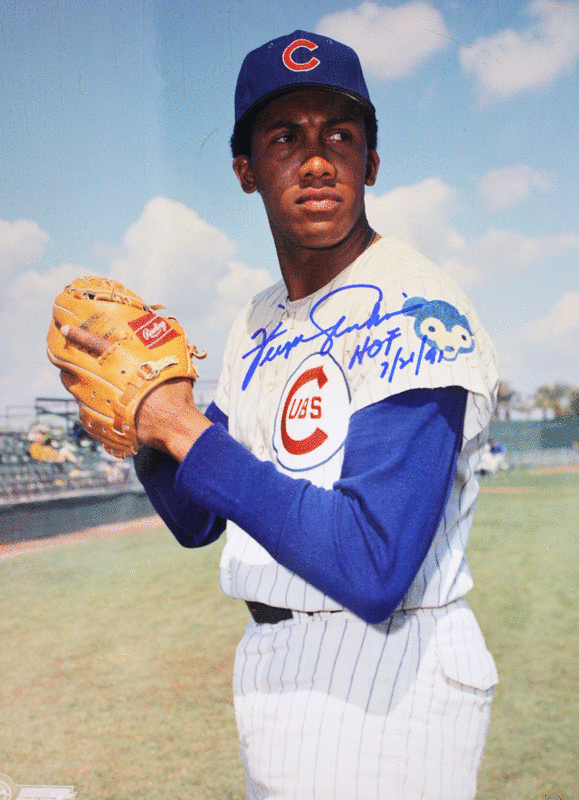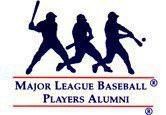Knowing your athletes before the season begins is very important. It provides the coach and ATC an opportunity to assess concussion risk factors, provide education to athletes on the signs and symptoms of concussions, administer baseline concussion testing, and establish an emergency procedure protocol to follow in the event of a concussion.
Risk Factors: Several risk factors contribute to an athlete’s concussion recovery. Assessing the athlete’s concussion history can provide valuable information; specifically, the number of concussions, the severity of each concussion, and how close in time the concussions occurred to each other. Additionally, assessing concussion symptoms (number, severity, and duration), the age of the athlete, and any pre-existing conditions (e.g., history of migraines, headaches, ADD/ADHD, Learning Disability, Depression, Anxiety) before the season begins can help with managing a concussion if it ever occurs.
Education: Studies have shown that many athletes do not report concussion symptoms to coaches, parents, and ATC’s because they do not know what the symptoms feel like. However, athletes who have received concussion education are more likely to tell their coaches when they are feeling symptomatic. Additionally, parents and coaches should be familiar with the signs of a concussion. SCI has created an easy-to-use reference card that can be carried with you in your wallet or at games. Please contact SCI to request these laminated cards.
Baseline Concussion Testing: A Baseline Concussion Test is usually a computer-based neurocognitive test that measures various aspects of brain functioning, including memory abilities, reaction time, informational processing speed, and impulse control. This test is administered at the beginning of the sports season and acts as a measure of what an athlete looks like when they’re healthy. If a concussion then occurs throughout the season, the concussion management specialist like SCI can administer a similar test and compare the results to that athlete’s performance before they were injured. If a Baseline Concussion Test was not performed on the athlete, the specialist must rely only on comparisons to the general population. Whenever possible, we want to compare apples to apples, and proctored Baseline Concussion Tests allow us to do just that. Also, because baseline testing usually occurs early in the season, the very act of getting tested will raise concussion awareness for athletes, parents, and coaches.
Emergency Procedure Protocol: Before the season ever begins, the coaches, ATC’s, and others involved in the athletic and academic pursuits of an athlete should have an emergency procedure ready in the event of a suspected concussion. This would involve having an outlined plan for the various stages of concussion management, starting with education and baseline testing before the season, emergency procedures to follow on the sideline in the event of a suspected concussion (e.g., SCAT2 exam, conditions defining when to transport the athlete to an emergency department, procedure to contact parents or family of athlete, etc), and a plan for ongoing evaluation and accommodations for those recovering from a concussion.
Acute Care and Concerns on the Sideline
During a suspected concussion, it is recommended that the athlete be removed from play immediately. For athletes who are unable to stand up after an injury, the proper first-aid emergency procedures should be followed. For athletes who have sustained an impact but can make their own way off the field, the following protocol is recommended: 1) Remove from Play, 2) Sideline Assessment, and 3) Re-evaluation.
Remove from Play: In some states, laws exist requiring the removal of a youth athlete from physical play if a concussion is suspected. The concussed brain is particularly vulnerable at this time because if a person sustains a second concussion within a short amount of time, they are susceptible to further injury, prolonged recovery, and in some cases, Second-Impact Syndrome, which can result in long-term brain damage or even death. It is recommended that if you suspect a concussion in one of your athletes, do not return the athlete to play until they are cleared by a healthcare professional trained in concussion management.
Sideline Assessment: Once an athlete is suspected of receiving a concussion, the proper first-aid assessment should be performed and your organization’s Emergency Procedures should be followed. The next step is to observe the signs (what you see) and assess the athlete’s symptoms (what they say) immediately after the suspected injury. Further assessing an athlete’s cognitive status, coordination and balance, and physical signs of injury is recommended. An easy-to-use and widely accepted tool to quickly evaluate an athlete’s (age 10+) mental and physical status after a suspected concussion is the Sport Concussion Assessment Tool 2 (SCAT2).
Sport Concussion Assessment Tool 2 (SCAT2) Sideline Exam
Another sideline tool that the Sport Concussion Institute has found useful is PAR’s Concussion Recognition & ResponseTM (CRR) mobile app. This can be found on Apple’s AppStore and the Android Market for a wide range of mobile devices, and it will guide someone through the steps necessary to assess the signs and symptoms of a concussion.
Re-evaluation: The concussed athlete may change their behavior and disposition in the minutes and hours following a concussion. In general, the athlete may experience symptoms in the acute phases, but the development of any new symptoms or continual worsening of the existing symptoms should be treated seriously. The following ‘red flags’ may warrant a visit to your closest emergency department:
- Headaches that Worsen
- Neck Pain
- Unusual Behavior Change
- Weakness/Numbness in Arms/Legs
- Looks Very Drowsy (Cannot be Awakened)
- Repeated Vomiting
- Focal Neurologic Signs (Lacerations, Fractures, Bruising, Raised Skin, etc.)
- Change in State of Consciousness
- Can’t Recognize People or Places
- Increased Confusion or Irritability
- Slurred Speech
- Seizures
If the athlete is stable after being evaluated, it is recommended that they return home with a parent or other responsible adult who can monitor for any addition changes in signs or symptoms.
Effective concussion management requires a multi-disciplinary approach. Due to the danger of short- and long-term effects, concussion is an injury that requires the athlete to be supported by their families, coaches, athletic trainers, teachers, teammates, and other people in their lives. While recovering from the injury, the brain requires time to heal, which means temporary removal from any physical, cognitive, and emotional activities. For student-athletes, this is sometimes difficult to do.
For our return to play we will follow the
Return to play will follow the
Ministry of Tourism, Culture and Sports CONCUSSION GUIDELINES
http://www.health.gov.on.ca/en/public/programs/concussions/docs/mtcs_concussion_guide_en.pdf

FJSL
EMAIL:
Mailing Address:
FJSLBASEBALL
1100 NIAGARA STREET
WELLAND, ON
L3C 1M6
PHONE:
John
905-931-7952


